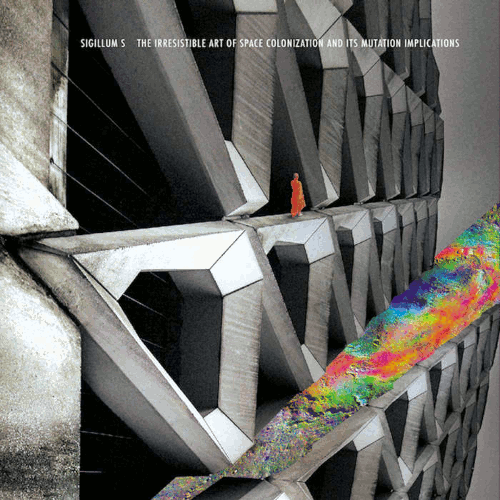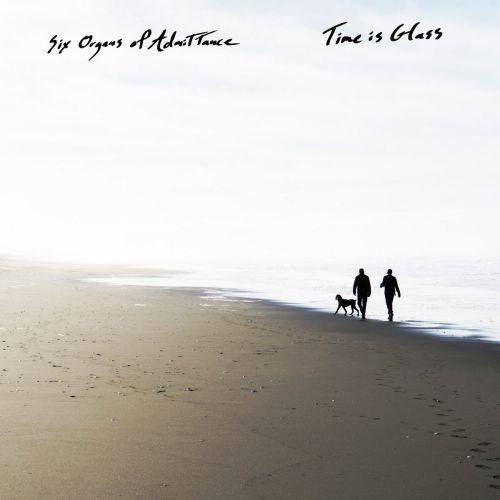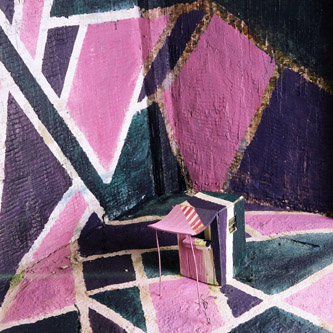 The brothers Eno‘s Mixing Colours album was released at the start of the global pandemic of Covid-19, when most countries were in a state of lockdown. From reactions I read online, its soothing tones certainly helped many people through that difficult time, as it transported them to somewhere else away from the confinement of their living rooms and gave them a semblance of peace through a stressful time.
The brothers Eno‘s Mixing Colours album was released at the start of the global pandemic of Covid-19, when most countries were in a state of lockdown. From reactions I read online, its soothing tones certainly helped many people through that difficult time, as it transported them to somewhere else away from the confinement of their living rooms and gave them a semblance of peace through a stressful time.
This wasn’t the first time Brian and Roger had worked together; they started in 1983 with the Apollo And Atmospheres album and carried on with Brian adding treatments to Roger’s sublime 1985 release Voices. Mixing Colours was a double album full of beautiful meditative pieces that created an atmosphere of calm that overtook the room you played it in. What we have with Luminous are seven more pieces (some of which were only available on the Japanese release of the album) that carry on where the larger release left off.
“Moss” is gentle Erik Satie-sounding piece with tumbling chords like a waterfall and a slight air of melancholy. It reminds me of being in an almost empty room on a still summer’s afternoon when the heat outside is high. Roger’s piano hovers in the atmosphere like flies while Brian’s treatments add an otherworldly reverb to it. “Violet” is the quiet sound of an artist on Paris’s Left Bank painting the evening sunset in all its vibrant colours. The piano has a sense of time passing slowly and the picture slowly reveals itself. There is an element of calm, of finding or retreating into yourself to create something. The bass piano notes add depth to a track that feels light, with a melody that drifts like a breeze upon the water’s surface.
“Marble” is a delicate étude, where the spaces between the notes are as important as those that are played. Here, Brian’s treatments come to the fore; his lush echo and reverb are an important part of the track and the atmosphere it creates — there is a shimmer about the piece that gives it an almost dreamlike feel. “Pewter” has a warm, rich sound emanating from its mix of synthesizer and piano, a comforting before dawn tone when the world is about to awake and there is a sense of odd calmness before the day begins. The melody lingers in the room after the piece is finished, giving it an intangible feel. “‘Malachite” is the closest we get to a Gymnopédies chord sequence. This soon trails off to somewhere different as chords begin progress upwards, and the odd awkward note jolts you out of your comfort zone if you were expecting a Satie-esque tune. It’s a good way to end this mini-album and one that leaves you with a sense of longing for more.
If you liked Mixing Colours, you will love Roger and Brian Eno’s extension to that album, giving you more of their gorgeous ambience for you to dive in to its depths. If you have not heard their work together, then Luminous is an excellent record to dip your toes into and discover how music can change perception of the world around you — even if it’s just only your living room.
-Gary Parsons-



